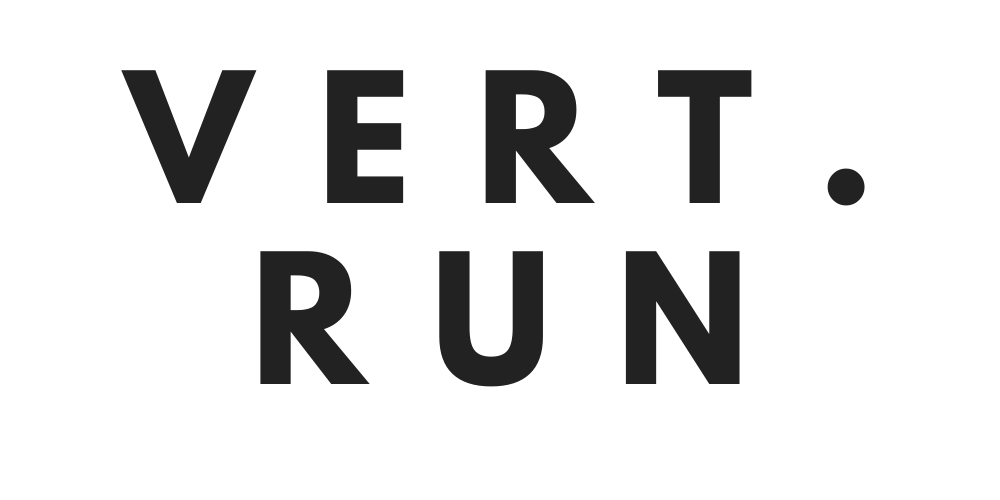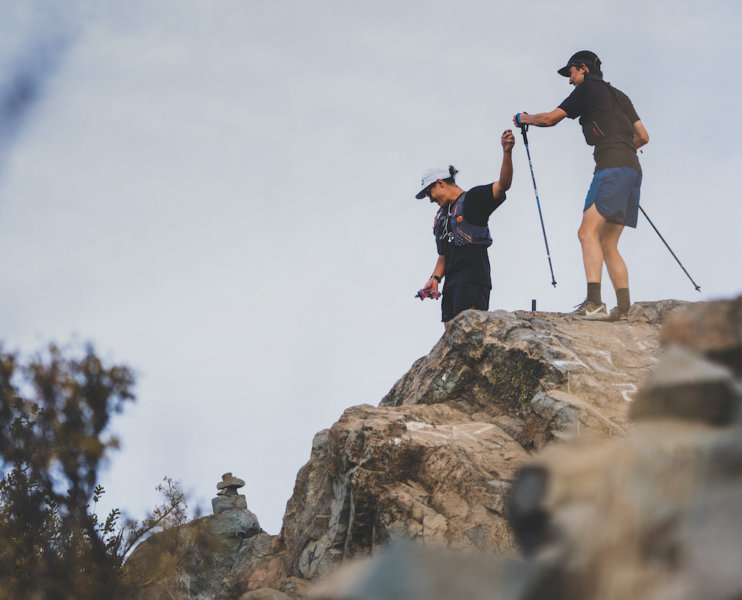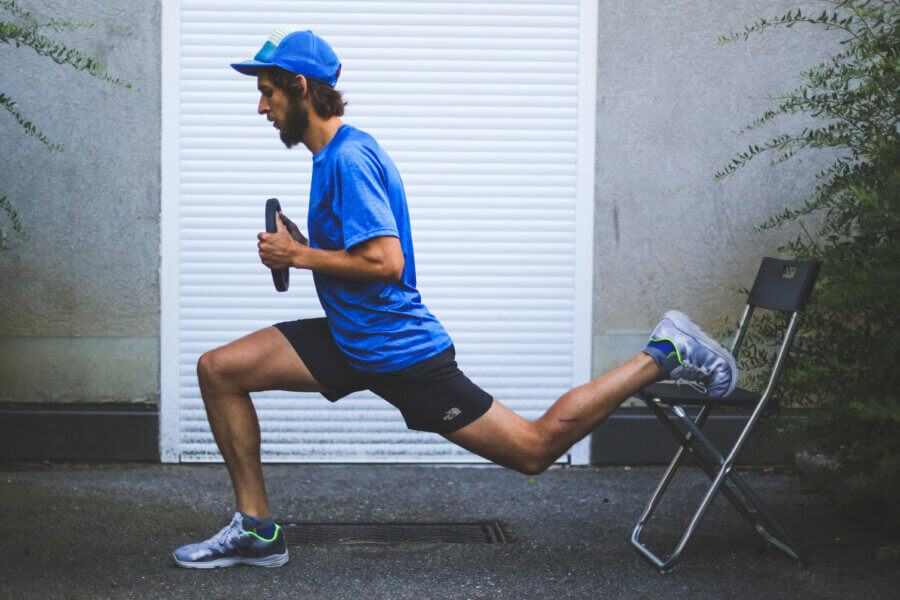Fartlek is the most natural and simple session you could think of: a game of speed. In this article, we will explore how to run a fartlek and why it can be a key session in your plan.
Francesco Puppi – Vert.run coach.
Fartlek is a Swedish word meaning “speed play” and it is a series of short, fast intervals separated by periods of easy running. It’s an ideal workout both for experienced athletes and for novice runners looking to improve their performances inserting some quality into their training. In fact, one of the main benefits of a fartlek session is that it trains both the anaerobic and aerobic systems. It can be done virtually anywhere: trails, roads, parks, flat or hilly terrain.
Unlike other classic workouts like intervals or tempos, the fartlek is very much centered on an internal parameter, effort, rather an external one like time or distance. It forces you to listen to yourself, an ability just as difficult to develop as it is useful.
A fartlek session is usually structured over a period of 20 to 60 minutes in which there is a time-based alternation of hard and easy efforts, for example 2’ at hard effort, 3’ at easy effort, 2’ hard, 3’ easy and so on. It can also be performed with a casual approach that adapts to the terrain and the athlete’s feeling, without pre-set intervals.
A beginner friendly approach might look like ten reps of “one minute on, one minute off”, meaning that you run 10 one minute intervals at a fast pace, separated by one minute of easier running, for a total of 20’. While experienced athletes can play more with time and intensity, keeping a wide or narrow gap between fast and easy sections, making them longer or shorter according to the purpose of the session. Runners trying the fartlek for the first time can learn to feel the pace and get used to the changes of speed, inserting some quality in their sessions.
This is one reason why I suggest the fartlek both to experienced and novice athletes: it’s one of the most natural and simple sessions you could think of. And YOU are the one in control of the intensity. Two great features I want to highlight here are:
- Adaptability: you can make it a hard or an easy workout depending on what type of training stimulus you’re looking for. You can even go without looking at your watch, using lampposts, trees, buildings or any other environmental feature as a landmark for ramping up or slowing down the pace: this is how the idea of the fartlek was actually born.
Quality: fartlek is a great quality session for any surface, any distance. Easy fartleks can include “hard” intervals that are as short as 15’’ or 30’’, with a recovery time 4 or 5 times as long, for example 8x(30’’ fast – like a stride, 2’30’’ easy). Hard fartleks can last 40 to 50 minutes and can include longer quality intervals, interposed by a shorter recovery time. They can be structured with different time ranges and cycles, making the session more structured from a technical point of view but also a lot more fun.
An example? This is a fartlek session that I particularly enjoy and that I often assign to my athletes:
3 x (3’ – 2’ – 1’ fast, 2’ easy between each fast interval), for a total of 36’. (the complete series is: 3’ fast – 2’ easy – 2’ fast – 2’ easy, 1’ fast, 2’ easy; recovery is always 2’). The intensity of the effort changes depending on hard and easy intervals, but also among hard intervals themselves: for example, 3’ fast will be run close to tempo pace, while 1’ fast will be closer to VO2 max pace.
So how should you actually run a fartlek?
- Warm up for 15-20’ at an easy pace.
- You don’t need to stop after the warm-up: you can begin the fartlek right after. Many GPS and smartwatches let you program the session in advance, so all you have to do is press the start button and begin the workout, sprinting or slowing down at each beep. Ask your coach for details and clarifications!
- Make sure to start conservatively: like every workout, it can be quite painful if you go out too hard. Let the session come to you, instead of trying to force a particular pace or intensity.
- After you’re done, cool down for a few minutes (5 to 15’).
What’s for sure is that the fartlek is appropriate for any moment of the season and is a great session that can be always tailored to your needs and characteristics. The fartlek will make you a better athlete, teaching you how to approach various intensities and changes of pace during any training session or race.




